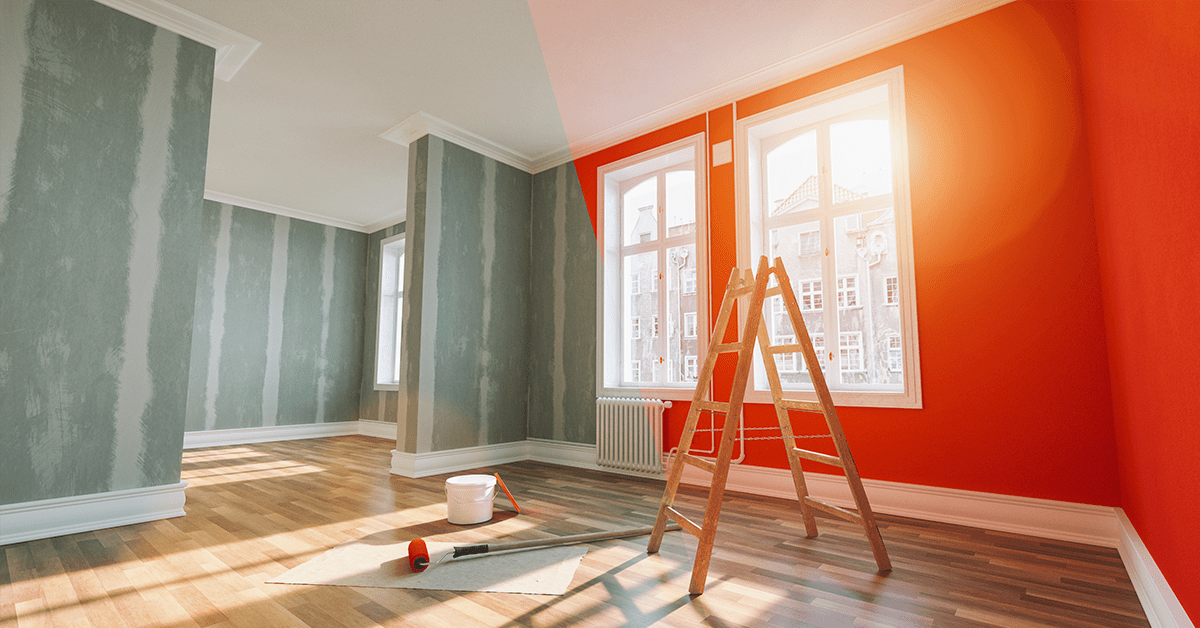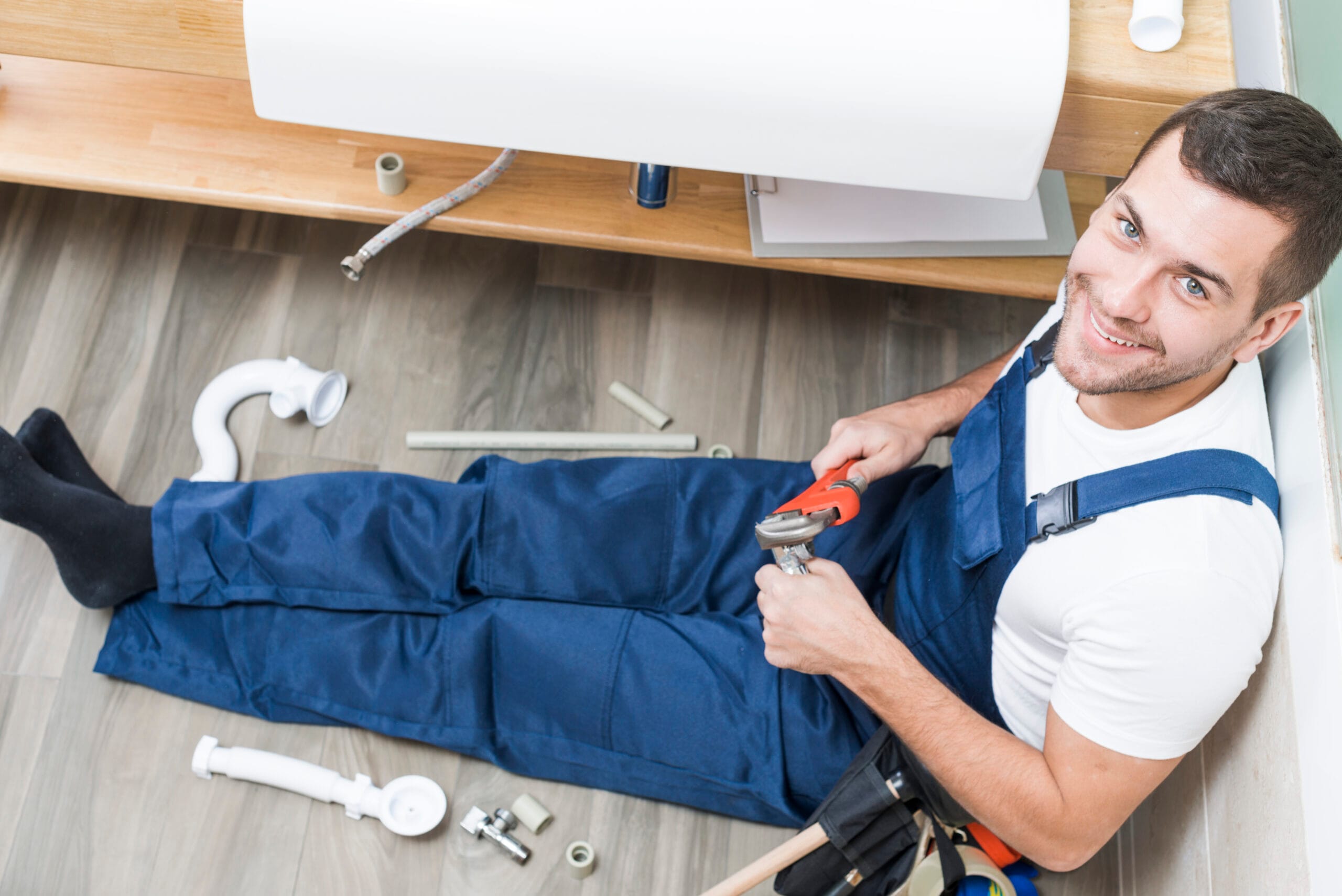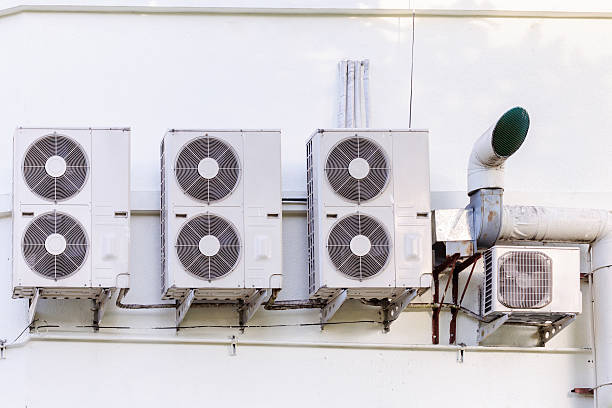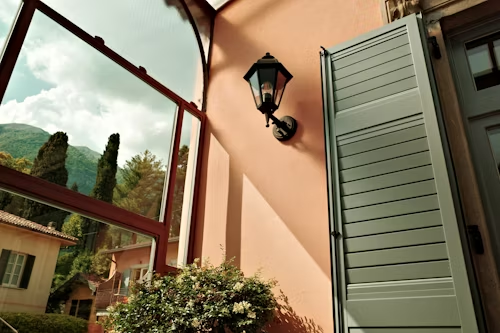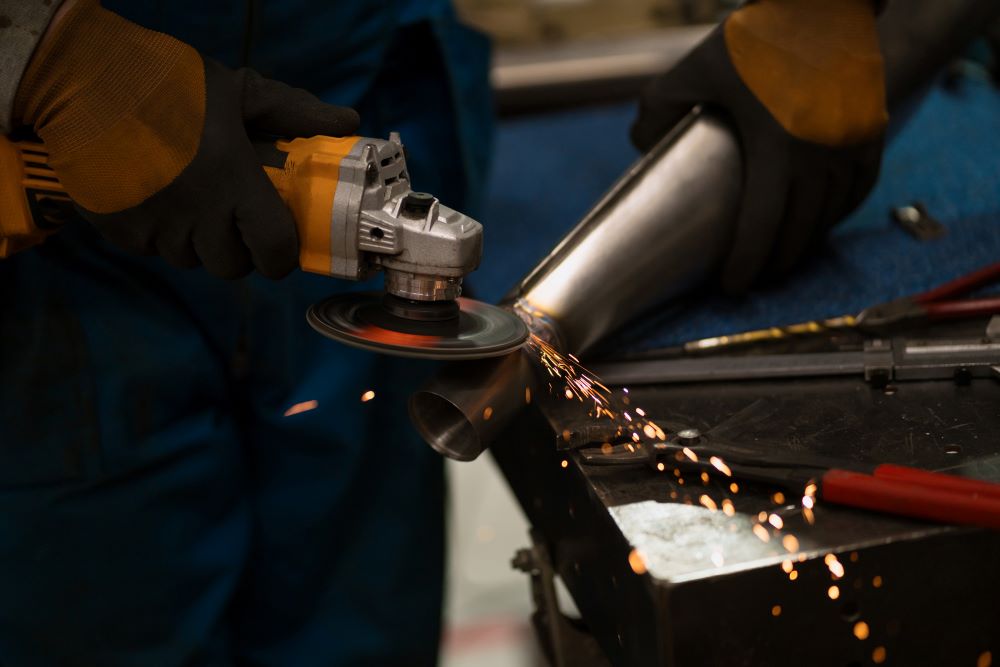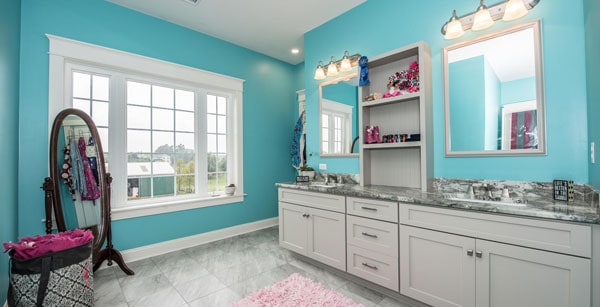Safety is always a major concern in every home. While thinking about safety inside the home, most peoples’ minds tend to run towards smoke detectors, securing doors and windows, and making dangerous areas childproof. However, one of the most important features in home safety, which often goes overlooked, pertains to the quality of handrails on stairs. These ostensibly simple fixtures are quite indispensable in preventing accidents and allowing everyone in the home to safely and comfortably use stairs.
The Silent Risks of Stairs Without Proper Handrails
Stairs are one of the most accident-prone areas in a home. Many studies indicate that falls on stairs make up a large percentage of home injuries, especially for children and older adults. Without a sturdy handrail, the risk of tripping, slipping, or losing balance increases dramatically.
A lack of proper handrails can also contribute to existing mobility challenges. For those with reduced strength, balance issues, or joint pain, stairs become more of an obstacle course than a simple way to get from one floor to another. Without properly installed or missing handrails, these individuals are at an even greater risk of serious injury.
Handrails provide both physical support and psychological reassurance to users. A solid railing instils confidence in a user when navigating the stairs, particularly when the steps are steep or narrow. Without this level of assurance, even healthy individuals may exhibit some reluctance or apprehension.
What Makes a Quality Handrail?
Not all handrails are created equal. A quality handrail combines durability, functionality, and design. Let’s delve deeper into what makes a handrail effective and safe:
Durability and Material: Handrails should be constructed from robust materials like stainless steel, wood, or durable composites. These materials resist wear and tear, ensuring the handrail remains sturdy even with regular use.
Proper Installation: No matter how well a handrail is designed, improper installation can render it ineffective. A poorly mounted handrail might wobble or detach over time, which can lead to accidents rather than prevent them.
Comfortable Grip: The handrail’s shape should accommodate a secure grip. Round or slightly oval shapes are generally best, as they fit naturally in the hand. Additionally, the surface should be smooth, free of splinters, and non-slippery to provide reliable support.
Aesthetic Appeal: While safety is the primary concern, it doesn’t mean handrails have to compromise on style. Handrails can enhance the aesthetic of a staircase, whether you’re aiming for a sleek modern look or a classic, traditional design.
To explore high-quality handrail options and find professionals who can ensure proper installation, ensuring that your stairs are safe and stylish, visit here.
Handrails and Accessibility
For people with disabilities, or those who use means of mobilizing themselves with walkers, canes, or wheelchairs, a handrail is not a matter of convenience but rather of safety in getting around the home. Correctly installed and angled handrails can make quite a difference when one is used to moving in and out safely.
Handrails can prevent life-altering injuries in homes with older adults. One fall down the stairs can mean broken hips, head injuries, or worse. In such cases, handrails on both sides of the staircase could reduce such chances greatly. In homes where there are young children, handrails act like boundaries for little ones while they learn the use of stairs and minimize dangerous tumbles.
In addition to that, the handrails turn a house into an accessible-friendly home. Due to building codes and various safety parameters, there is a demand to have handrails meet particular criteria in relation to height and spacing from a wall to effectively serve all people.
Design Considerations: Blending Functionality with Style
While safety is paramount, today’s homeowners also want their handrails to complement the interior design of their homes. Fortunately, modern options for handrails can come in a wide array of tastes and preferences. Sleek metal railings can be used to achieve a minimalist outlook, and ornate wooden designs can be installed for that more classic feel; possibilities are truly endless.
Glass panel railings with metallic handrails will also be seen in most modern homes, which give the space an open feeling without compromising safety. For homes with rustic decoration, a handrail made of natural wood or wrought iron adds to the charm.
While choosing a design, one should strike a balance between aesthetics and functionality. For instance, a highly polished metal railing may look great but could turn out to be slippery as time passes. Similarly, intricate designs with sharp edges may pose risks in homes with children. Always keep functionality in mind, while seeking ways to make the handrails match your home’s style.
Maintenance: Keeping Handrails Safe Over Time
Once you have good-quality handrails installed, the secret to making them last in terms of safety and functionality is regular maintenance. Even the best of handrails can eventually develop certain problems due to wear and tear, environmental conditions, or even accidents. Here are some maintenance tips:
Inspect Regularly: Periodically check for loose screws, cracks, or signs of corrosion. Catching these issues early can prevent more significant problems down the line.
Clean Routinely: Handrails should be kept clean, especially if they are in high-traffic areas. Use mild cleaning agents to remove dirt, grease, and grime.
Address Repairs Promptly: If you notice a wobble or damage, don’t delay repairs. A minor issue today can turn into a safety hazard tomorrow.
Protect Against Environmental Damage: For outdoor handrails, consider applying protective coatings to guard against weather-related wear, such as rust or rot.
By staying proactive about maintenance, you can extend the lifespan of your handrails and ensure they remain a reliable safety feature in your home.
Final Thoughts: Prioritizing Safety and Peace of Mind
Investing in good, quality handrails for your stairs is not just about meeting building codes or adding a finishing touch to the decoration in your home, but it is an issue that really concerns the safekeeping of the people in it-young or old. Ultimately, it pays with added assurance from knowing that stairs are secure, indeed.
Whether you’re renovating an existing home, building a new one, or simply looking to enhance safety measures, don’t underestimate the importance of high-quality handrails. They may seem like small details, but their impact on safety, accessibility, and design is profound.






